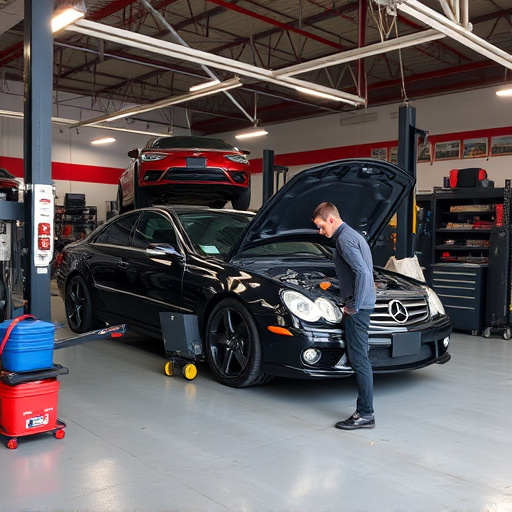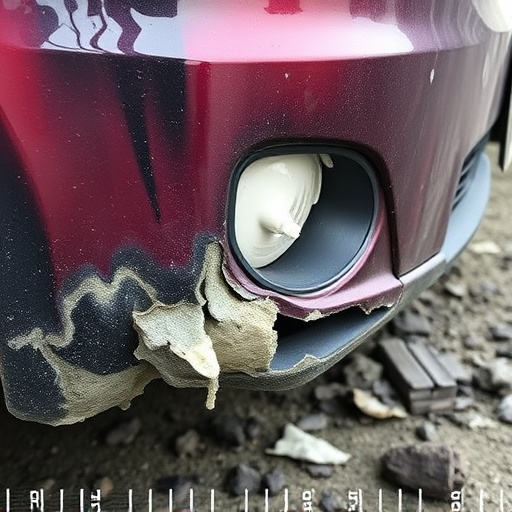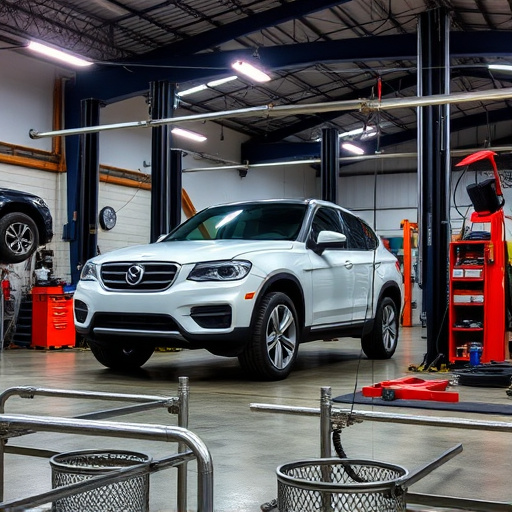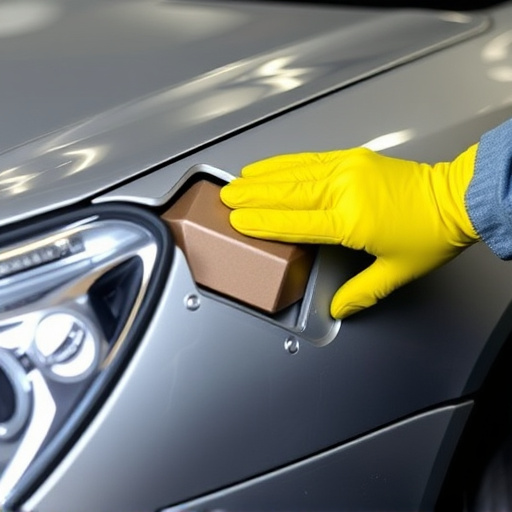Windshield replacement regulations vary globally but consistently aim to ensure safety and quality in auto glass repairs. These rules dictate material types, installation procedures, and technician certification for automotive body shops. Consumers are protected by laws mandating original equipment manufacturer (OEM) parts, transparent pricing, informed consent, and the right to seek second opinions, empowering them to make safe choices. Adherence to best practices involves certified technicians, high-quality glass, secure sealing, proper disposal of old windshields, and adherence to regional recycling guidelines.
In today’s digital era, understanding windshield replacement laws is crucial for both drivers and auto repair professionals. This article serves as a comprehensive guide, delving into key aspects of windshield replacement regulations, consumer rights, and best practices for safe and legal installations. By exploring these topics, folks can navigate the process with confidence, ensuring they receive quality service while adhering to local laws. Remember that being informed is the first step towards a seamless windshield replacement experience.
- Understanding Windshield Replacement Regulations
- Consumer Rights and Protections in Replacement
- Best Practices for Safe and Legal Installations
Understanding Windshield Replacement Regulations

Understanding Windshield Replacement Regulations
Windshield replacement laws vary by jurisdiction, but they are designed to ensure safety and quality standards in auto glass repair and replacement. These regulations cover a range of aspects, from the type of materials allowed to the specific procedures for installation. Drivers should be aware that replacing a windshield is not just about fixing a cracked or damaged glass; it involves intricate car bodywork services that demand precision and adherence to safety protocols.
Automotive body shops specializing in auto glass replacement must comply with these laws, which often include using original equipment manufacturer (OEM) parts or certified alternatives. The regulations also dictate the training and certification required for technicians performing windshield replacements. By understanding these rules, drivers can ensure their safety and peace of mind, knowing that any repair or replacement work meets the necessary standards.
Consumer Rights and Protections in Replacement
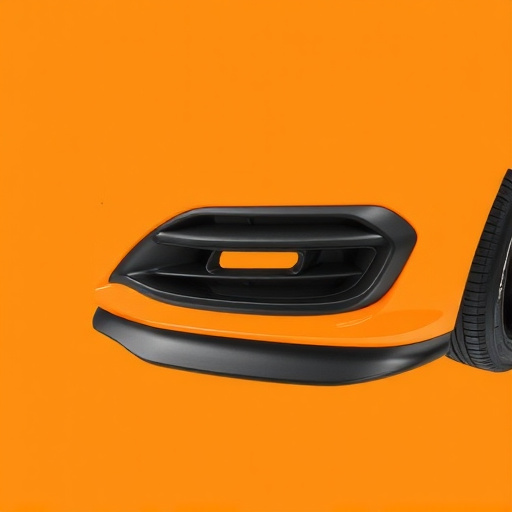
When it comes to windshield replacement, consumers have specific rights and protections guaranteed by law. These regulations ensure that drivers receive high-quality service and safe, reputable auto glass replacements. One crucial aspect is that original equipment manufacturer (OEM) parts are often required, ensuring compatibility and performance matching the original windshield. This standard minimizes potential hazards associated with subpar substitutes.
Additionally, transparent pricing and informed consent are essential elements of consumer protection in the auto glass replacement industry. Drivers should receive clear cost estimates before any work begins, understanding all fees involved. The right to refuse service without prejudice and the ability to seek second opinions from reputable automotive body shops further empower consumers. These protections ensure that drivers can make informed decisions about their vehicle’s safety and repair needs.
Best Practices for Safe and Legal Installations

When it comes to windshield replacement, adhering to best practices ensures both safety and legal compliance. It’s crucial to engage certified technicians who are trained in the latest installation techniques. They should use high-quality glass that meets industry standards and is compatible with your vehicle’s make and model. Proper preparation of the existing window frame is essential; this involves cleaning and decontaminating the area to prevent any debris or contaminants that could compromise the new windshield’s integrity.
Furthermore, secure fitting of the replacement windshield is paramount. The glass should be sealed tightly using specialized adhesive to withstand varying weather conditions. It’s also important to note that many regions have specific regulations regarding the disposal of old windshields and recycling guidelines for automotive body work, including fender repair and scratch repair. Compliance with these laws not only ensures a smooth installation process but also contributes to environmental sustainability in the ever-evolving landscape of automotive care.
Understanding and adhering to windshield replacement laws is crucial for both drivers’ safety and ensuring fair, legal practices within the auto industry. By knowing their rights and the best practices for safe installations, consumers can navigate the process with confidence. This knowledge empowers them to make informed decisions when choosing a repair or replacement service, ultimately contributing to a smoother and more secure driving experience.

